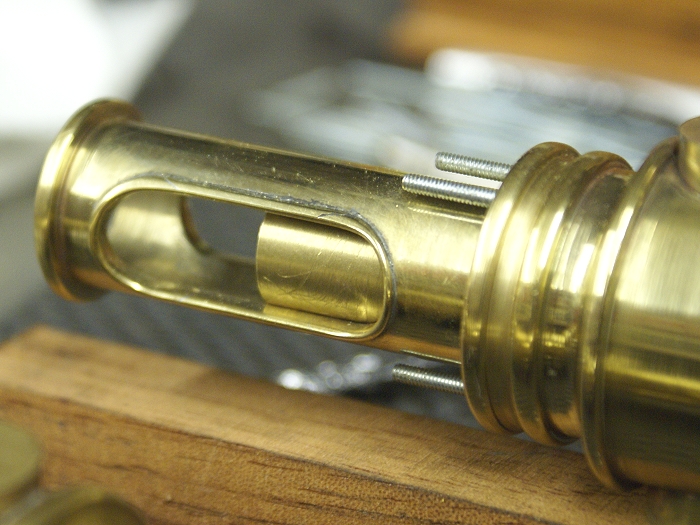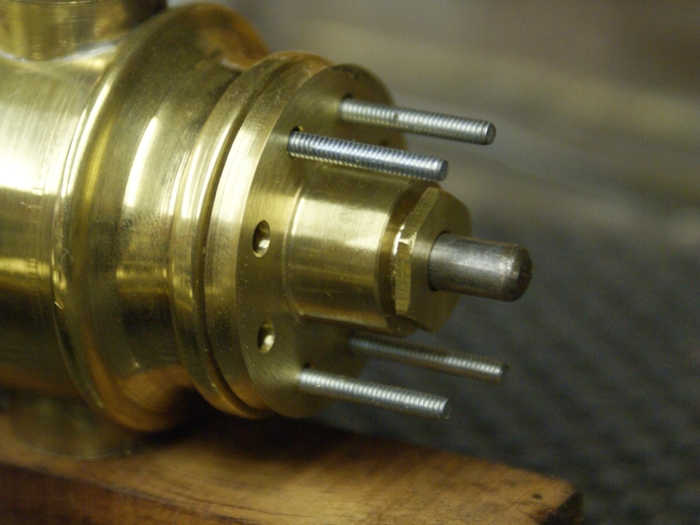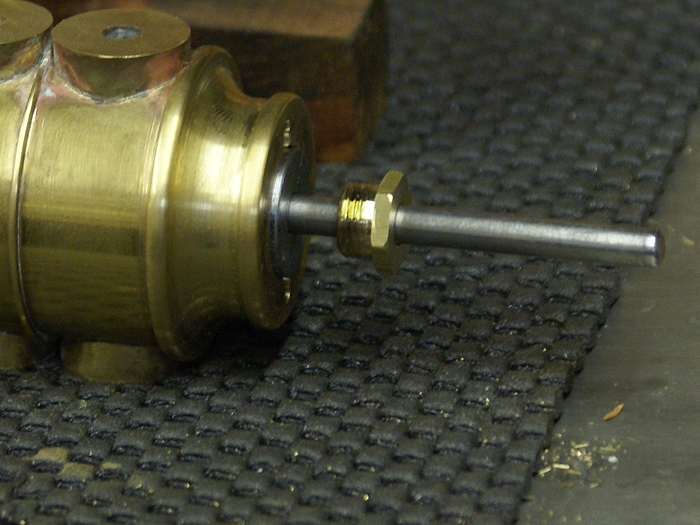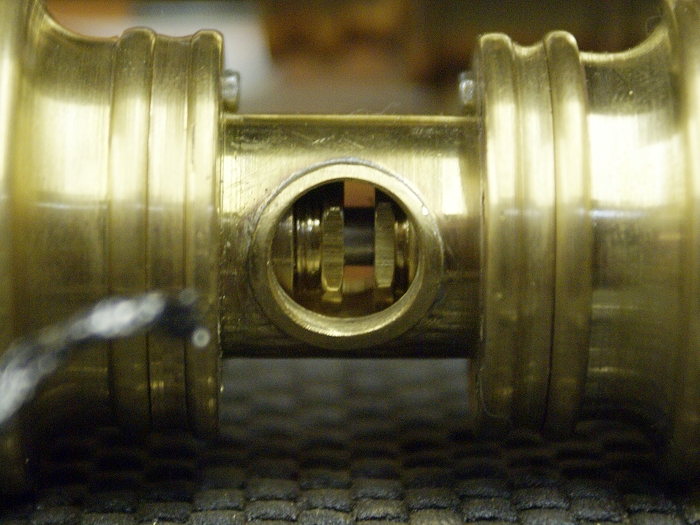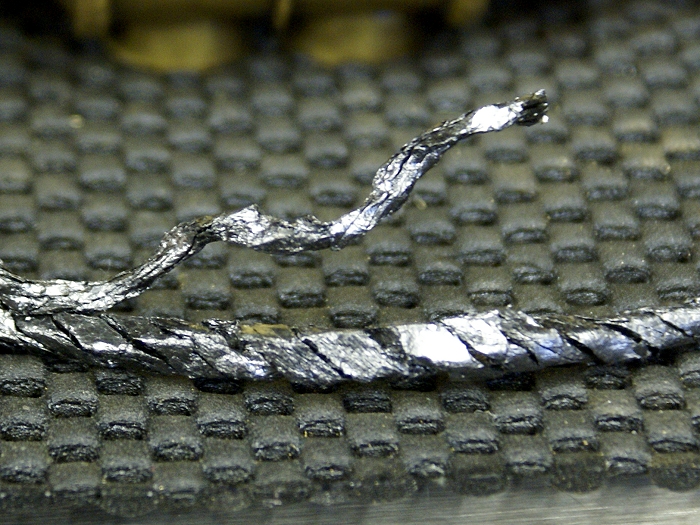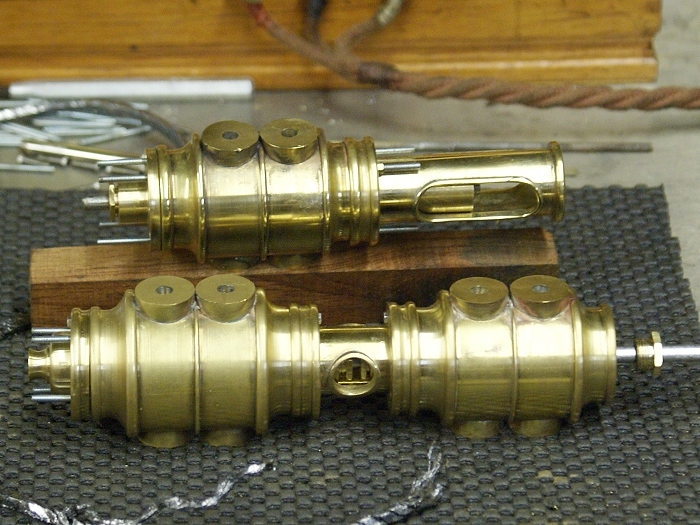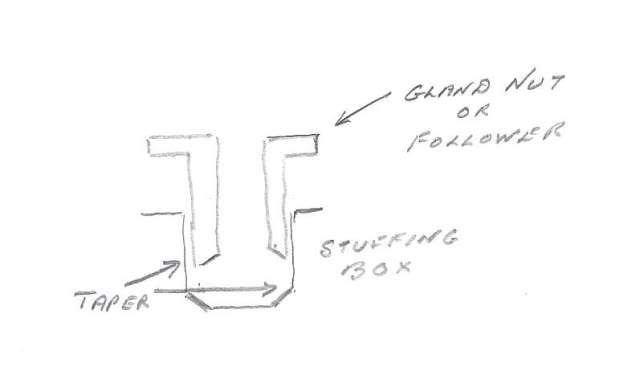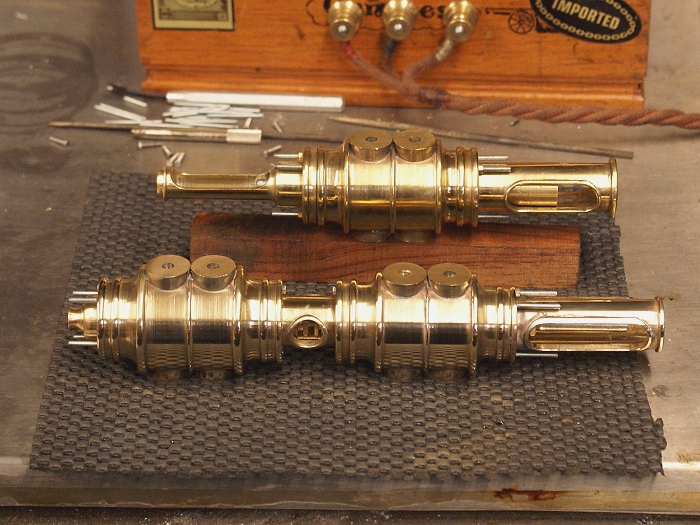Steve,
When you come to make your new wheel aligning tool, make it double ended, so you have a wheel sticking out of either end of your tool holder.
That is so you can straighten up from both side and face, just by dropping the holder onto whichever face off the toolpost you need to use without having to turn the tool around in the holder.
I am still threatening to make mine.
Are you using silver or soft solder in all those joints? If it is silver solder, you have really got it down to a tee now, very nice work indeed.
But on the other hand, that is just what we would expect from you now, perfection and close control of fine detail.
John
When you come to make your new wheel aligning tool, make it double ended, so you have a wheel sticking out of either end of your tool holder.
That is so you can straighten up from both side and face, just by dropping the holder onto whichever face off the toolpost you need to use without having to turn the tool around in the holder.
I am still threatening to make mine.
Are you using silver or soft solder in all those joints? If it is silver solder, you have really got it down to a tee now, very nice work indeed.
But on the other hand, that is just what we would expect from you now, perfection and close control of fine detail.
John





